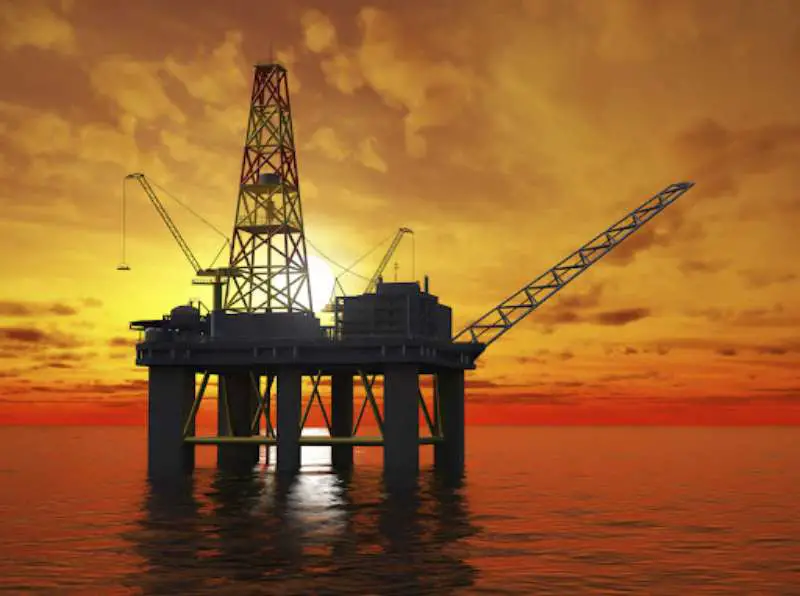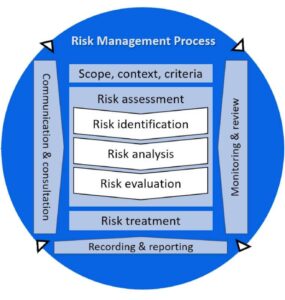SAFETY RECOMMENDATIONS YOU SHOULD FOLLOW ON THE CONSTRUCTION SITE

SAFETY RECOMMENDATIONS YOU SHOULD FOLLOW ON THE CONSTRUCTION SITE. No one should have accidents at work. Spot. Each organization must guarantee the safety and well-being of its collaborators above all else.
Even more so in industries that have a higher probability of risk due to the nature of the work they perform, such as construction, for example. In fact, the construction industry has one of the highest injury rates in Latin America. In Mexico, the IMSS recorded 33,000 construction-related incidents during 2019 alone.
Physical work done outdoors is riskier because any variation in the environment can become a potential hazard. Uneven surfaces, turbulent weather, moving vehicles, or even noise could cause disturbances that can lead to injury. So how does a general contractor create a safe work environment on the job?
We asked four experts to give us some recommendations on how you can become a safer and more effective contractor. We will explain your answers in three segments:
Potential hazards to which workers are most susceptible
General safety recommendations
and how to create a safe culture within an organization
WHAT ARE THE MOST COMMON HAZARDS THAT MAY OCCUR ON THE CONSTRUCTION SITE?
As we mentioned, the risk in construction is possibly higher than in most industries. OSHA has stated that falls, bumps, entrapment, and electrocutions are among the most common hazards faced by workers.
HOW CAN THESE RISKS BE PREVENTED?
Accidents are not inevitable, but they are predictable. Each potential danger can be analyzed to be prevented. In the end, the general rule is to understand that no injury or incident justifies the performance of an activity.
To achieve adequate security measures, thorough planning is needed that results in flawless execution and ends with a distribution of information through an adequate communication system.
Risk analysis: Each activity must be carefully analyzed before it is carried out to establish the necessary procedures to execute the task.
Training: Establish routine training of staff with clear and real examples.
Equipment: Be sure to test the operation of each piece of equipment and check that it is suitable for the activity in which it will be used.
Personnel: The personnel must be insured and have the required documentation to work within the project. They must receive training on each new activity they undertake.
Execution: Security measures and considerations that must be taken during the execution of the work.
The work must have adequate signage so that each worker knows where they should or should not be. It should also be delimited according to the activity to be carried out.
Have adequate PPE and tools for the job.
Maintain order and cleanliness at all times.
Communication: Expand on the last two efforts by spreading the right information.
Senior management must be involved in developing staff awareness campaigns that encourage them to perform their duties safely.
Apply zero-tolerance to staff who show no interest in these issues
Staff should be free to express their opinion about what they consider to be unsafe. Everyone should have the opportunity to report any unsafe activity they notice on the construction site.
HOW TO CREATE A SUSTAINABLE SAFETY CULTURE?
The safety culture must be in the DNA of your organization, which means that there must be a commitment from senior management, as well as from employees. For this reason, it is important to have an awareness communication program on the subject.
On the other hand, we also recommend doing an analysis of the work done at the end of each project, in order to identify strengths and weaknesses. Once this has been done, it will be easier to make the necessary adjustments to harden the security program.
In the end, you will also need a manual that includes specific information about the policies, objectives, and scope of your security plan.
At Hermosillo, we include procedures to minimize hazards in the work area, as well as methods so that each employee is aware of their responsibilities. Our Safety and Environment manual follows the guidelines of the Secretary of Labor and Social Welfare (STPS), the Secretary of Environment and Natural Resources, as well as OSHA (Occupational Safety and Health Administration USA).
IN SUMMARY
Your people are the most important thing, they are the key piece in your organization. Creating a workplace with an environment based on a culture of safety is the best way to take care of what is valuable to you while helping to reduce any setbacks in the project you are working on.
As leaders in the construction industry, we are committed to leading by example. For this reason, we have developed comprehensive safety plans under a zero-incident culture. Our purpose is to reduce risk and ensure a safe place for our collaborators and subcontractors during any project we work on.






